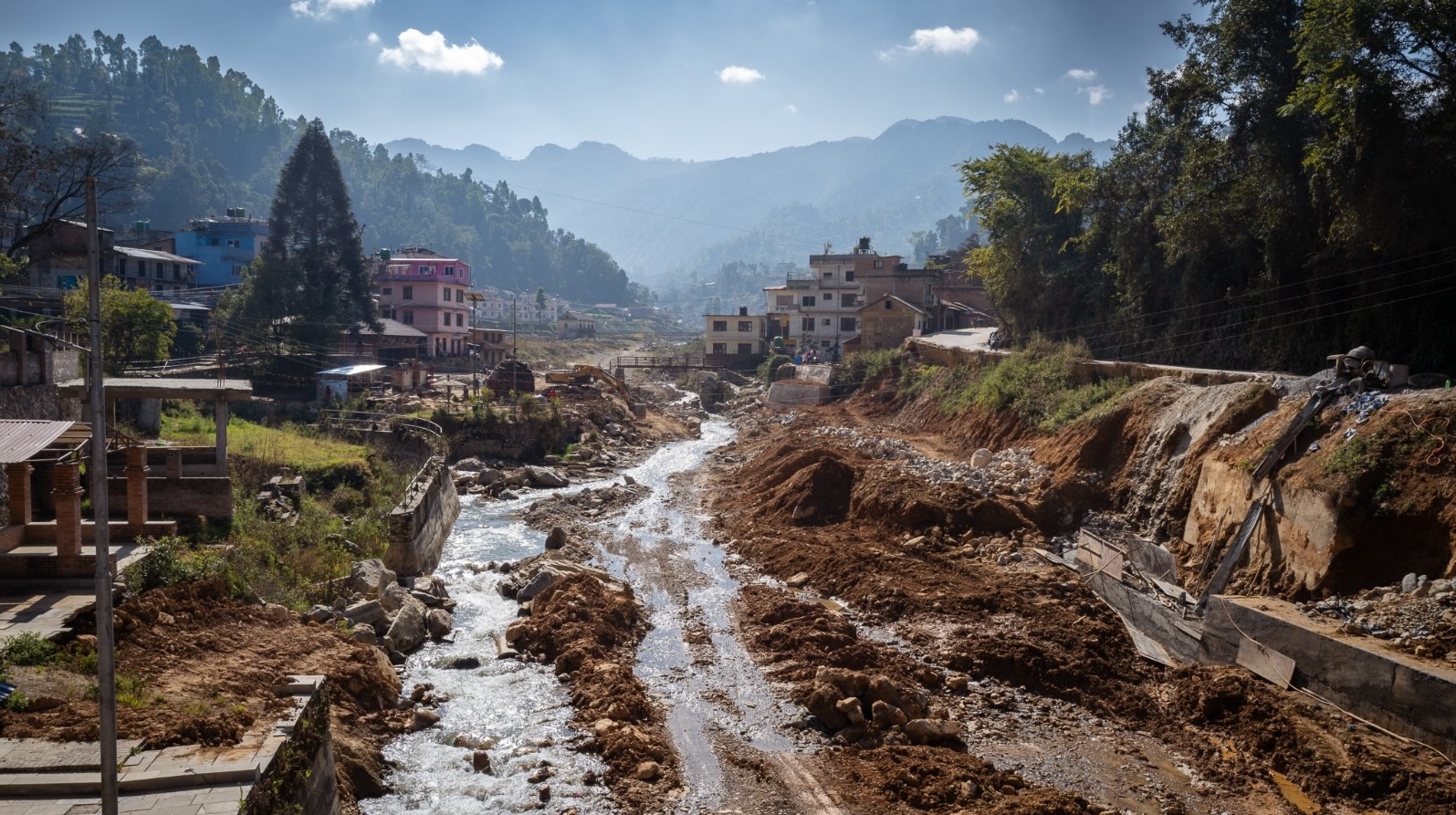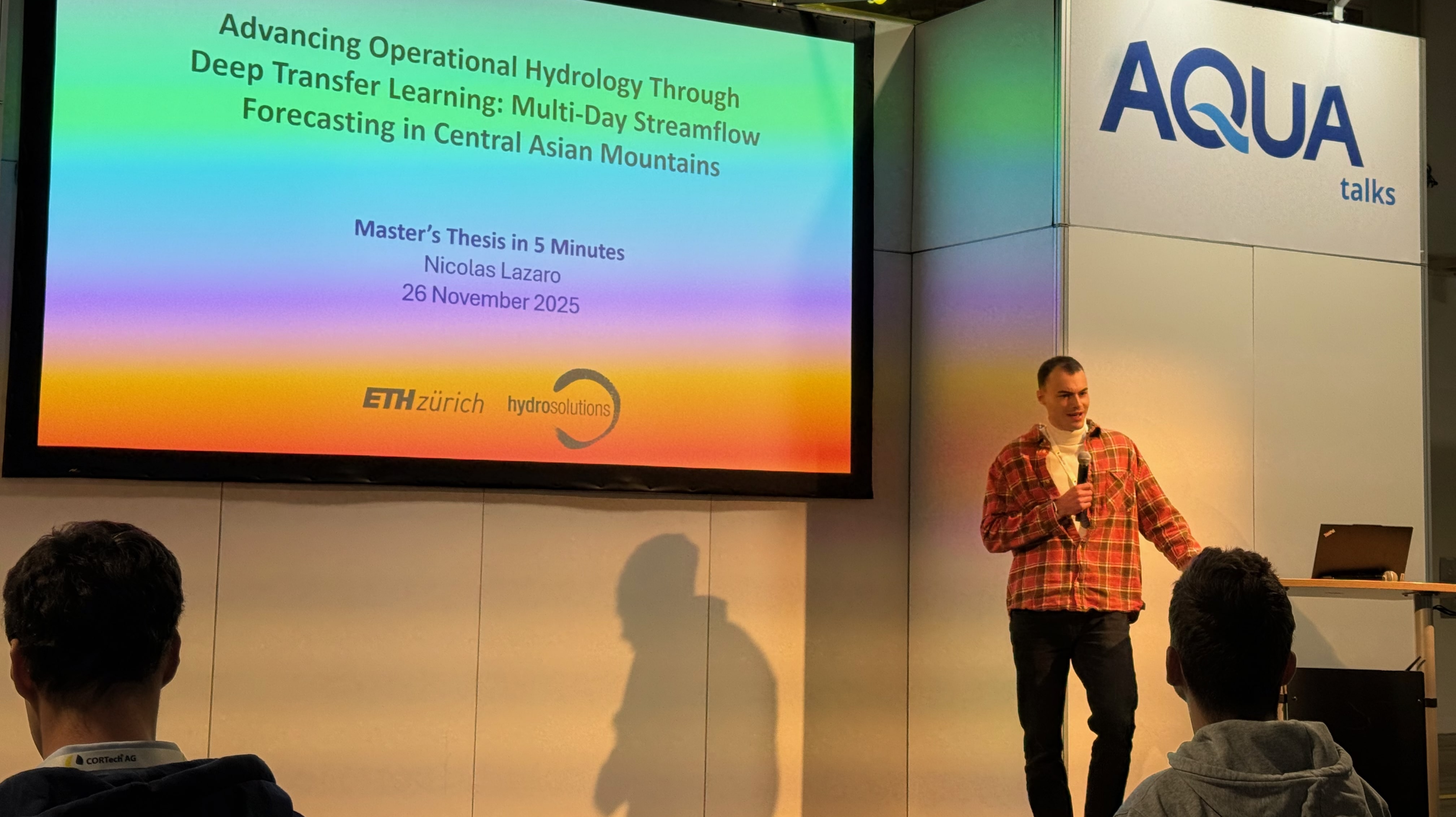Lac Wegnia is located about 60 km north of the Malian capital Bamako, in the heartland of the Sahel region, which extends over thousands of kilometers across the African continent. The Sahelian zone is characterized by a semi-arid climate with short wet seasons and long dry seasons. For hundred of years, the Sahel region has experienced regular droughts. Permanent natural water bodies such as Wegnia Lake represent invaluable sanctuaries for wildlife and people alike. The extent of Lac Wegnia varies strongly depending on the season, but the local population has noticed a trend towards ever smaller lake areas at the end of the dry seasons. In recent years, Lac Wegnia almost completely disappeared before the onset of the monsoonal rains. Concerned over the fate of Lac Wegnia, the community has reached out for help at the local Caritas Switzerland office. Within the framework of the SAWEL project sponsored by the Swiss Agency for Development and Cooperation (SDC), hydrosolutions ltd is now investigating the causes of the hydrological changes. In cooperation with Caritas Switzerland and Wetlands International we are exploring possible pathways towards a stabilization of Lac Wegnia water levels.

The analysis of optical remote sensing data confirms a negative lake area trend over the last 20 years. With Google Earth Engine we have delineated the lake shores of hundreds of satellite images. We could then read out the corresponding lake levels from a high-resolution digital elevation model. This allowed us to reconstruct time series of water levels. Based on the water level variations, in combination with estimates of rainfall and evaporation, we solved the water balance equation for Lac Wegnia and analyzed the temporal evolution of the water balance components. The analysis revealed that a combination of two factors are likely responsible for the falling water levels: increasing direct evaporation from the lake due to increasing air temperatures (explaining about 40% of the observed lake level decrease) and reduced inflow during the dry season through exchange of the adjacent groundwater reservoir with the lake (about 60%). Changes in river flow during the dry season, changes in rainfall or variations of the wet/dry seasons durations cannot explain the observed lake level trends. Possible measures to stabilize the current lake levels are therefore an increase of the storage capacity of the lake and a stricter control of groundwater pumping in the region.
A team of hydrosolutions ltd has visited Lac Wegnia in February 2020, shortly before the Covid-19 pandemic locked down international travel. For us it was an invaluable experience and we have learned a lot about the drivers of hydrological change in the Sahel region. The Lac Wegnia experience has inspired us to further investigate the fate of the thousands of wetlands in the Sahelian Zone. Currently we are developing an operational tool for the continental scale monitoring of Sahelian lakes. We are looking forward to sharing more exciting news about this project on our webpage.




